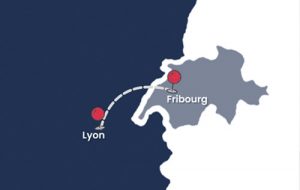
Meanwhile continues its expansion and opens its first subsidiary in Switzerland
With nearly a hundred robots installed in France, Switzerland, Belgium, and soon in Italy, Meanwhile continues its international expansion and is structuring itself accordingly.

